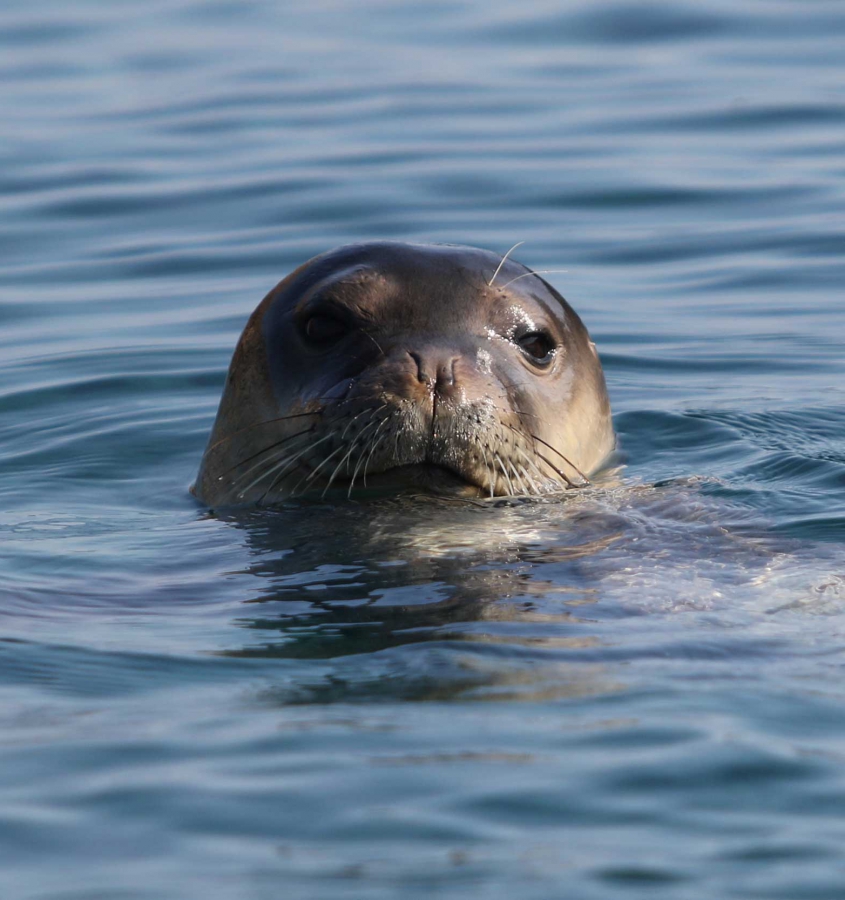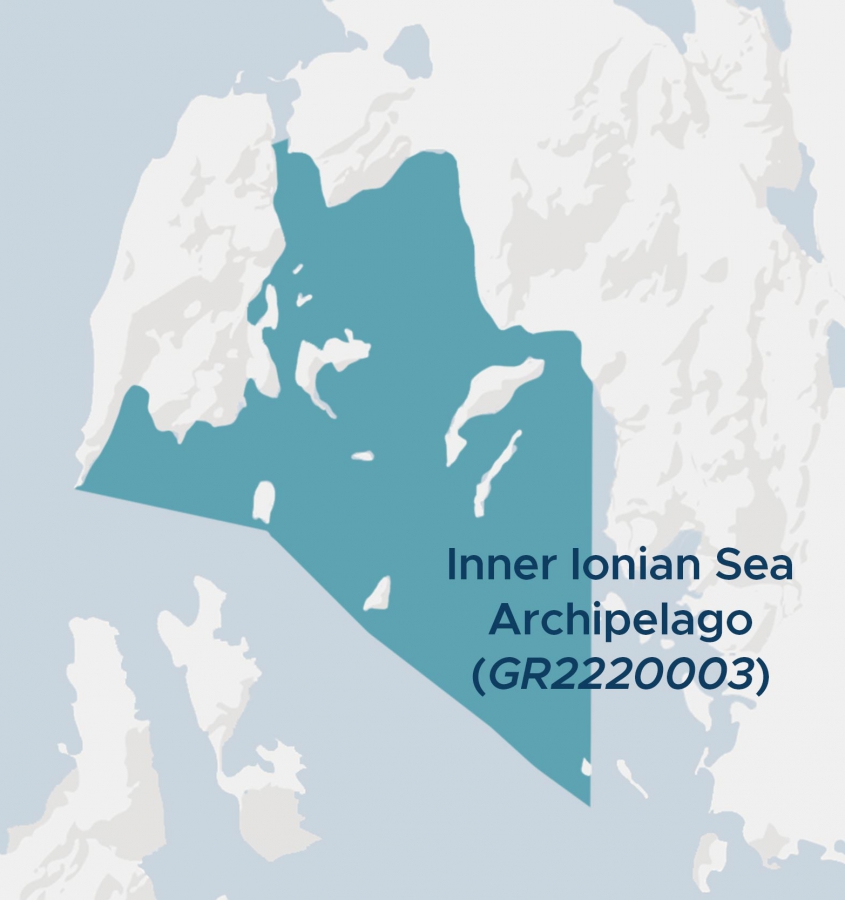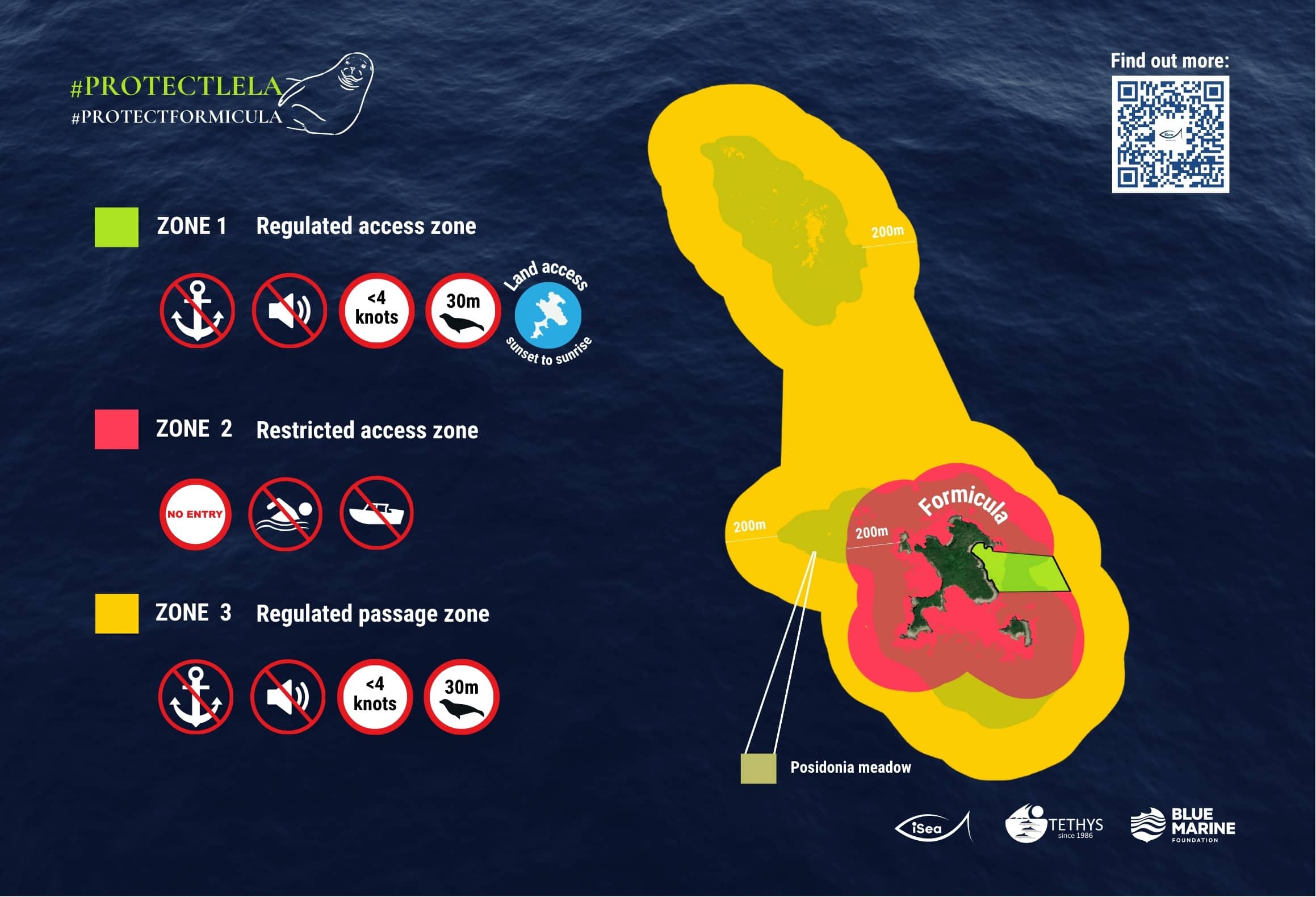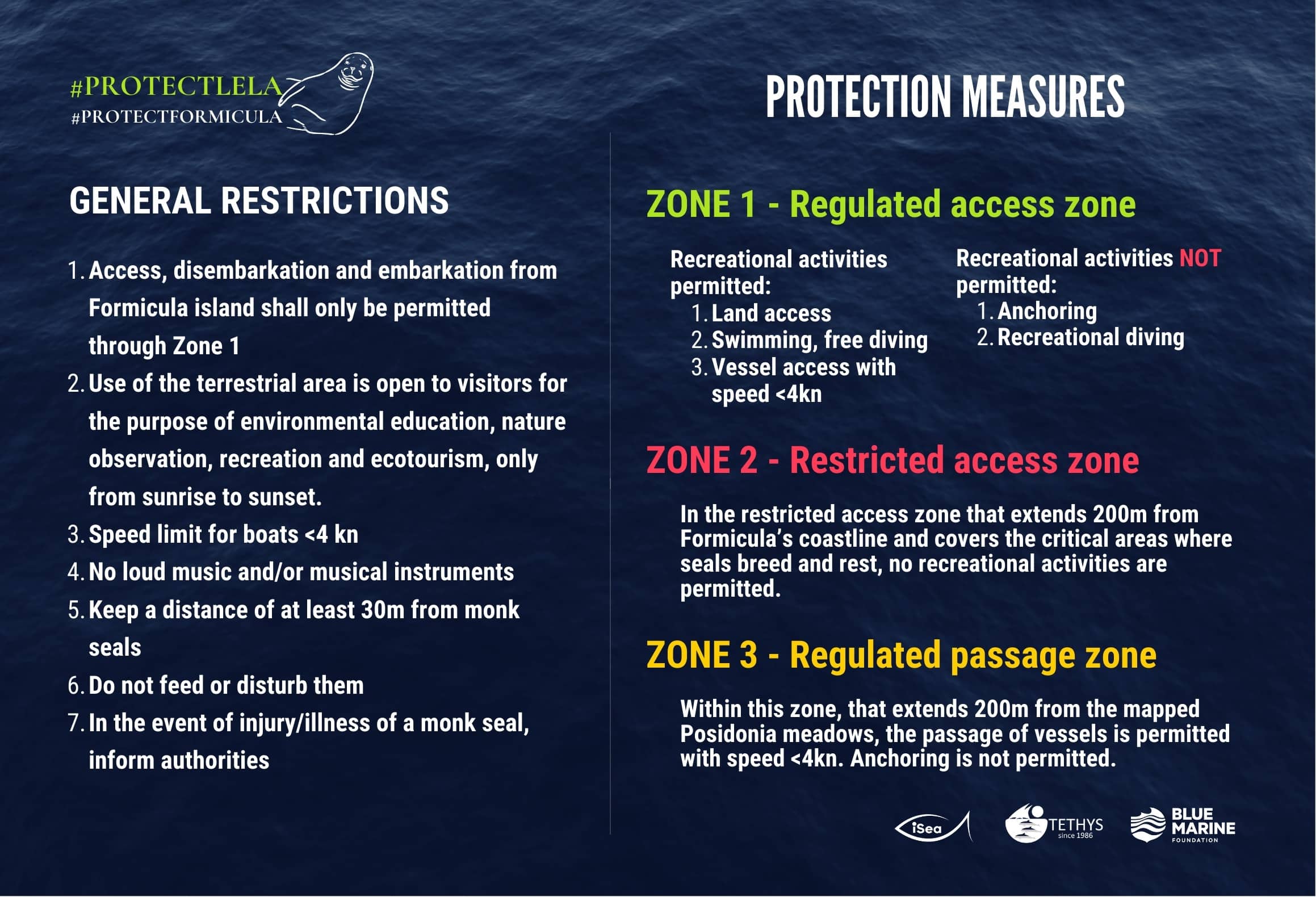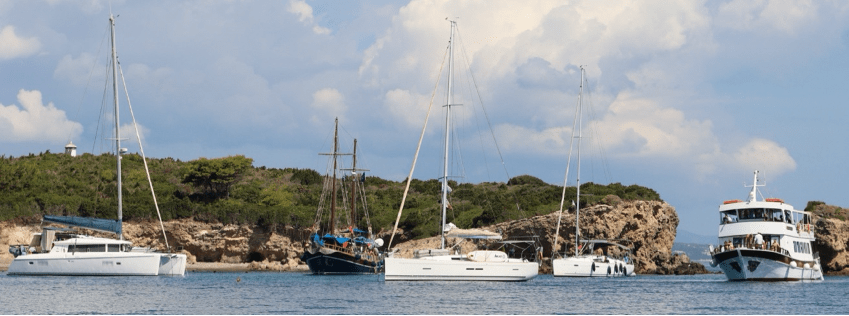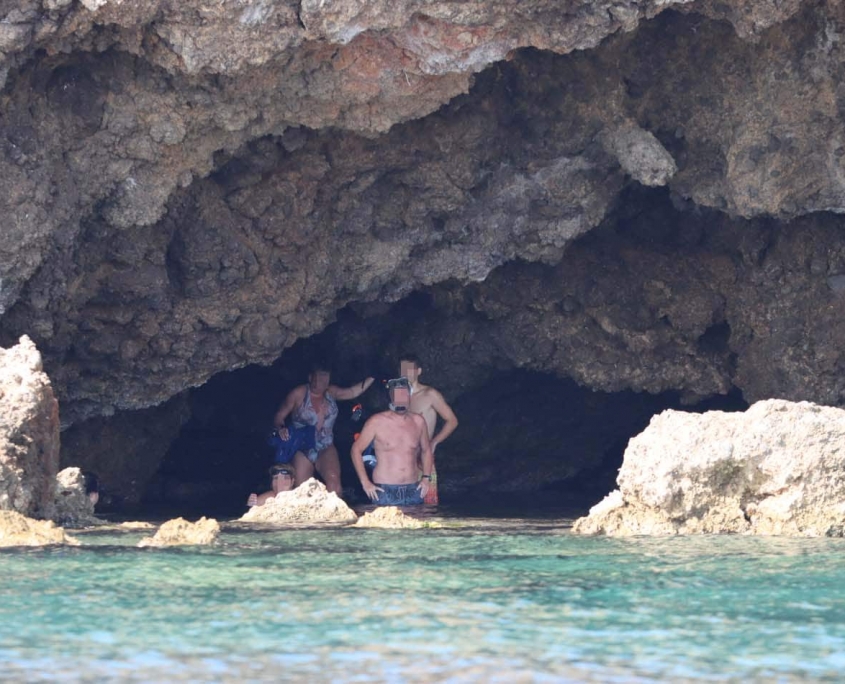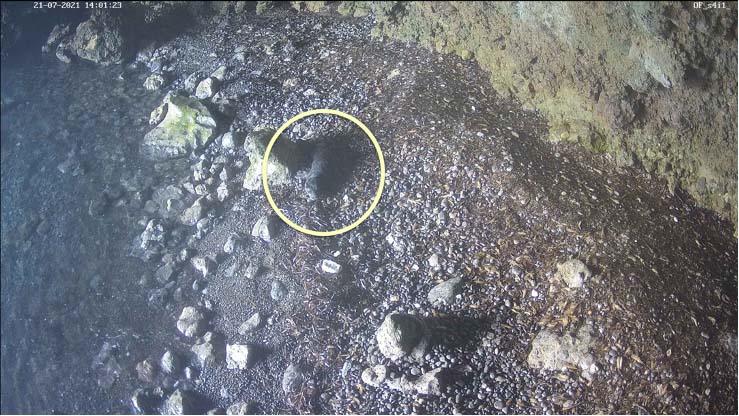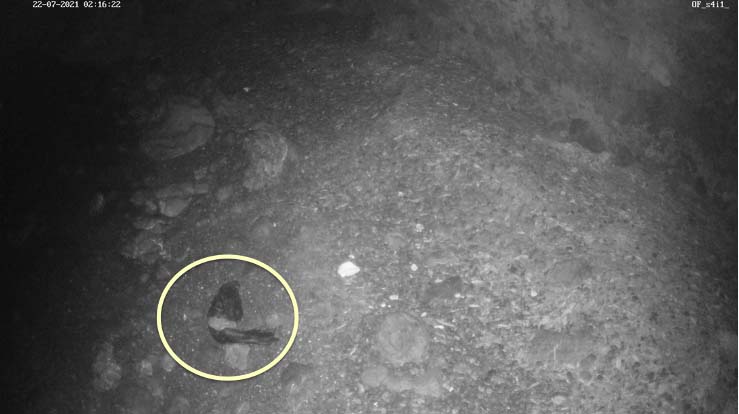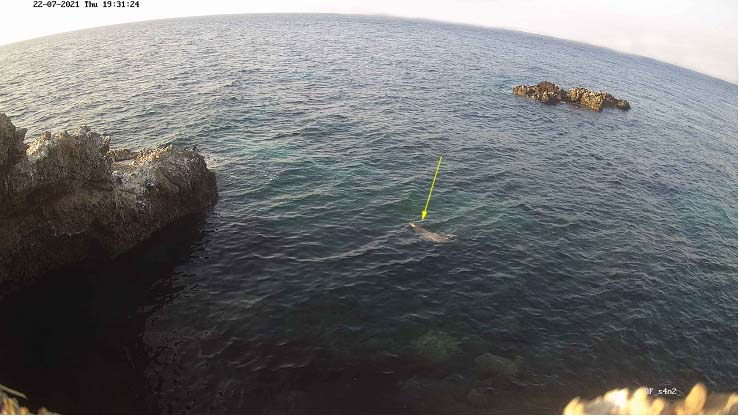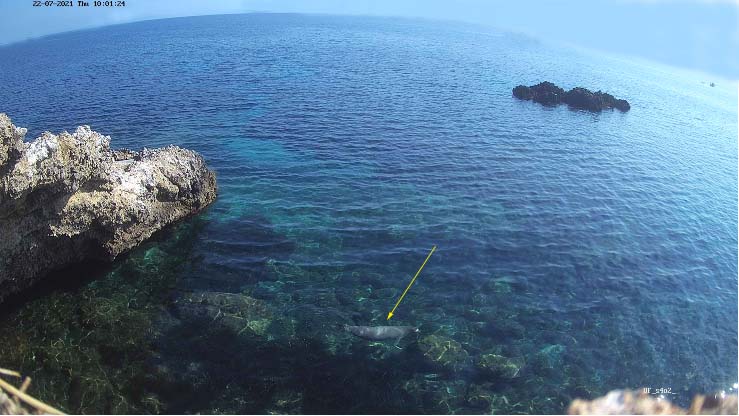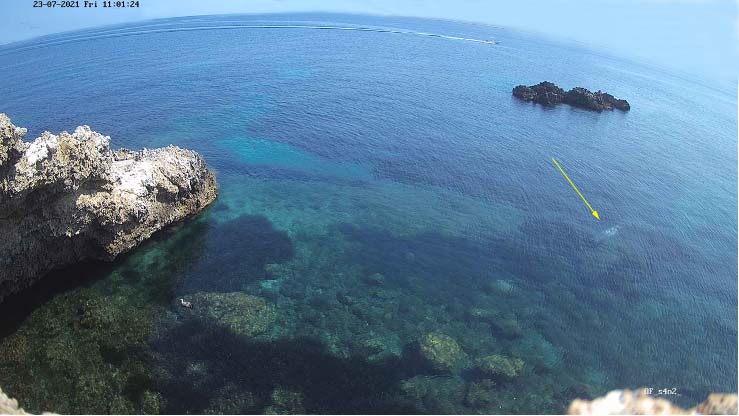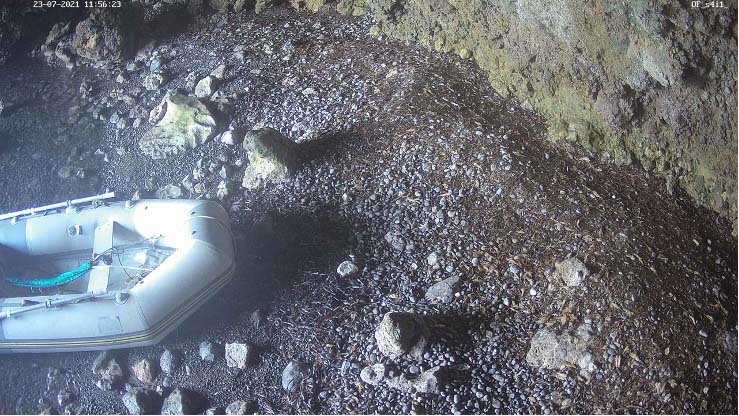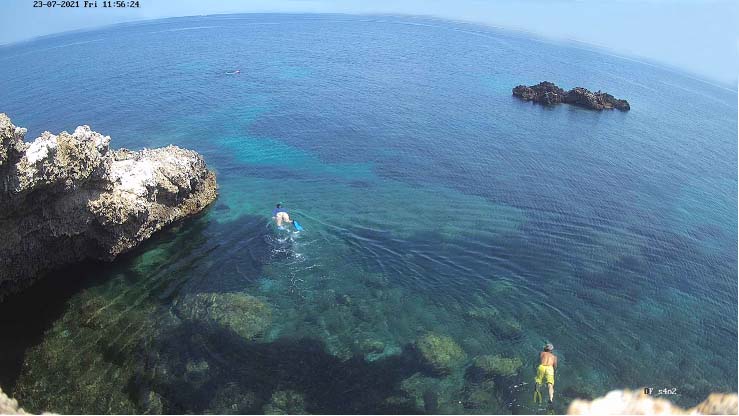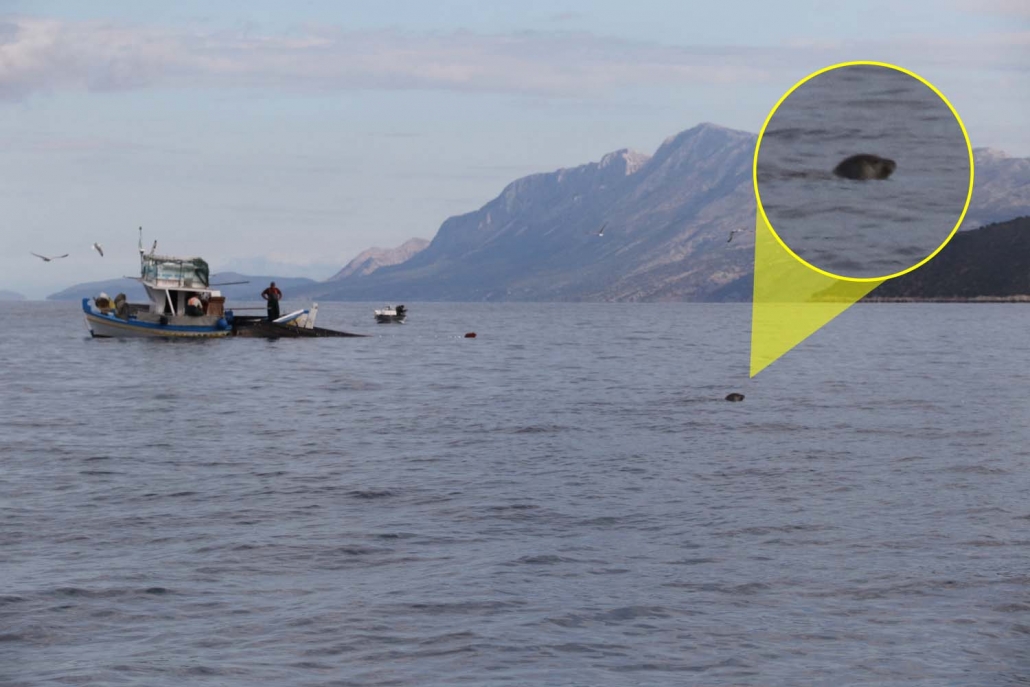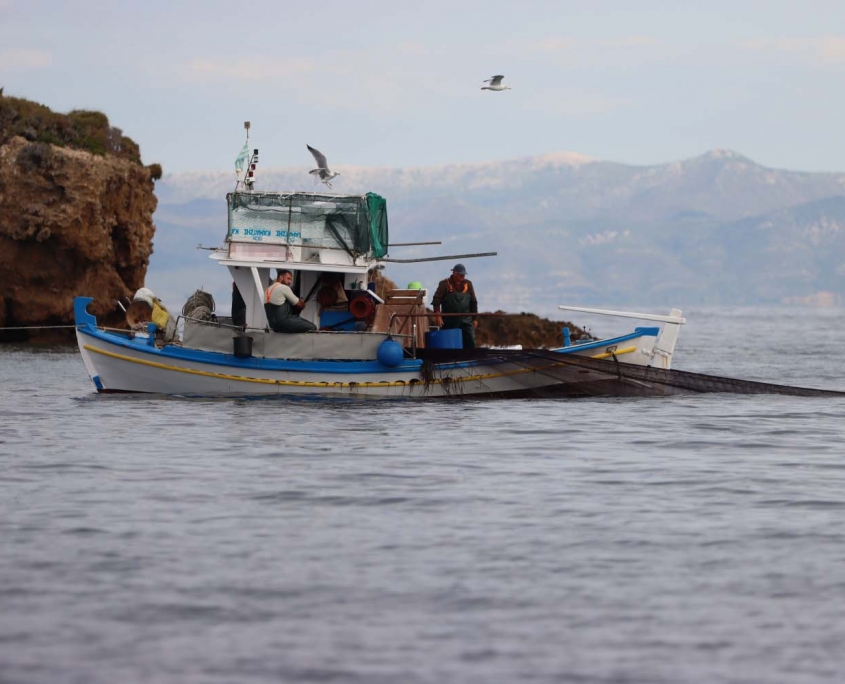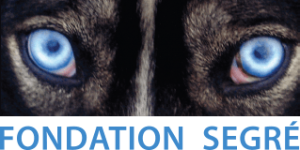Protect Formicula
to preserve Mediterranean Monk Seals in Their Critical Habitat
The uninhabited c. 500 m wide islet of Formicula in Greece contains key monk seal habitat, with > 40 individuals identified along its shores. Formicula is included in a Special Area of Conservation established to protect marine habitats and species of European importance. Because of the presence of the seals it is also part of the IUCN’s Ionian Archipelago Important Marine Mammal Area and part of the Special Area of Conservation (SAC) “Esoteriko Archipelagos Ioniou – Meganisi, Arkoudi, Atokos, Vromonas” (Natura 2000 Site Code: GR2220003).


